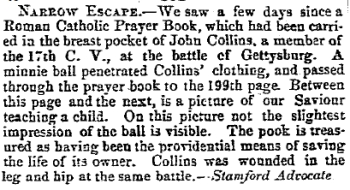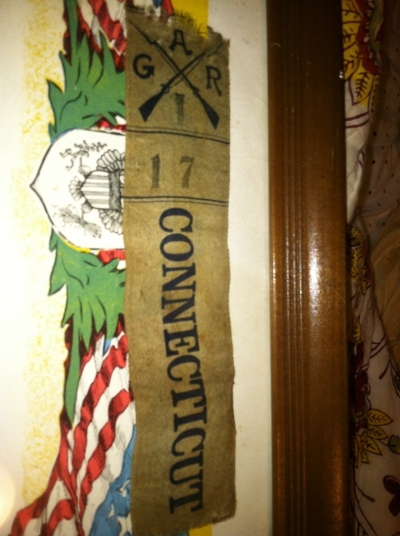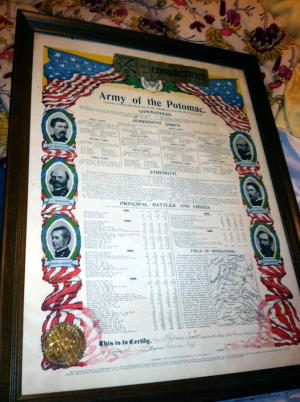This from the Civil War Trust:
“The Civil War Trust now has the opportunity to preserve 37 acres of Jackson’s Flank Attack, including the site of the Talley Farm. These parcels along modern day Route 3 will be added to the more than 115 acres already saved by the Trust and its partners — another missing piece of the Chancellorsville battlefield that we have the chance to save forever.”
I will admit that I’m never sure how many readers this blog/site actually has, but I am confident that those of you who do stop by do so because of an interest in the 17th CVI. I’ve donated before to save land at Chancellorsville and I’ve donated to this campaign as well. Unlike Gettysburg, where the land that the 17th fought on is more or less intact and preserved for us to visit, the Chancellorsville battlefield has been the victim of decades of “progress.” Any chance to obtain and save land there is money well spent, especially on a $13 to $1 match!
In this case the land contains the remaining property of the Talley Farm (less that covered by modern U.S. Route 3). This is where the 17th CVI first saw combat, where Lt. Colonel Charles Walter was killed along with many others, and where Colonel William Noble earned the lasting respect of his men for his conduct on that day.
I’m hoping that all of you will take the time to donate something, anything, to help save this property. It’s important to the story of the 17th and will make sure that all of us who are descendants of the men who fought there (and those who are not but continue to honor their memory) can visit something that is not paved over or built on (see Salem Church just down Route 3).
Here’s the link:
http://www.civilwar.org/battlefields/chancellorsville/chancellorsville-2013/



